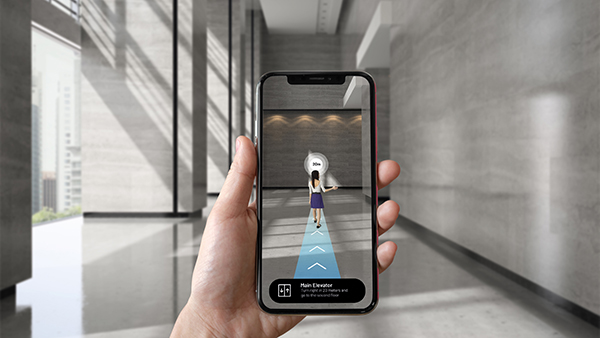
How Augmented Reality and Virtual Reality are transforming recruitment processes

The complex and competitive nature of the contemporary job landscape is forcing recruiters to look at new tools to streamline selection processes and ensure the right candidate ultimately ends up in the role.
Although Augmented Reality (AR) and Virtual Reality (VR) have been around for some time, it is only now that they are starting to garner more attention in the recruitment sector. We take a closer look at the ways in which these two immersive technologies can deliver value for recruiters.
Attract the best talent
It can be a battlefield sometimes to attract the best talent in a particular industry.
Not only can the use of AR and VR position a company as innovative and forward-thinking, but these technologies can also showcase its best assets.
The office setting or work environment plays a key role in a recruit’s decision-making process. VR tours can give candidates a sneak-peak behind the scenes and ensure they get a more accurate understanding of the working environment.
This footage can also be repurposed at recruitment fairs. When the British Army captured its training processes in 360 degrees and created a VR experience for applicants, it saw a 65% increase in applications during the first month and 41% in the second.
Streamline the selection process
For some roles, recruiters can receive hundreds of applications that they need to sift through to find the most suitable candidates for the role. Gamified AR experiences offer a more novel and engaging way to screen applicants and determine if they are the right fit.
These experiences can test an applicant’s ability to react under difficult circumstances or in complex situations, whilst remaining fun at the same time.
Accenture, a global consulting firm, recently used AR and VR to determine the aptitude levels of prospective employees. Each applicant was immersed in an Ancient Egyptian Crypt and presented with a number of problems to solve in order to crack the hieroglyphic code. Experiences such as this give a more accurate representation of how an individual might respond under pressure.
Reduce the time it takes to onboard a new employee
Once the right candidate has been found the onboarding process begins. Research has found that the decision to stay in a company is made within the first six months of the role.
Therefore it is crucial that new employees are given the best onboarding experience. In particular industries, the time it takes to prepare a newly appointed members of staff for their role can also stretch into weeks and months, rather than days, which costs the company money.
The integration of AR and VR into these processes can reduce onboarding times when compared with more traditional methods of training. VR can be used to recreate real-world scenarios in detail, meaning employees can quickly familiarise themselves with potentially high-risk situations.
Using the capabilities of AR, companies can overlay relevant digital information in a working environment to guide employees and ensure they can complete their roles with confidence. For example, in a manufacturing plant, step-by-step instructions can be displayed on a particular piece of machinery, guiding a new employee through the process exactly. This not only reduces internal training times, but also eliminates the risk of human error.
By Fuzzy Logic Studio
1837 Views



